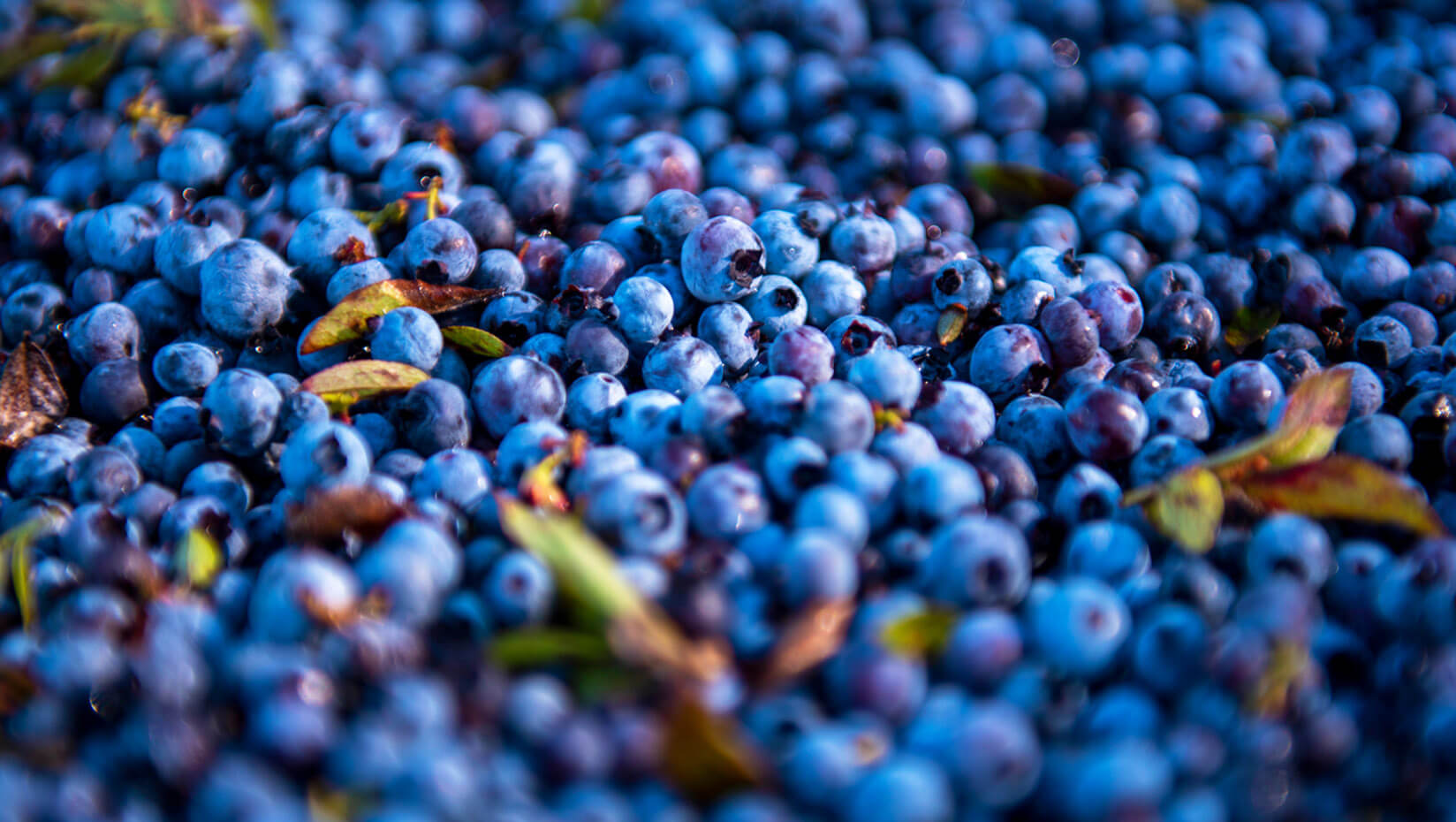
Study finds wild blueberry extracts influence blood vessel formation
When the human body sustains injury, cells spring into action. New blood vessels emerge through a process called angiogenesis, and cells migrate in a coordinated campaign of healing.
The ability to control these mechanisms has the potential to advance therapies ranging from cancer to wound treatment. Polyphenols, a type of bioactive compounds that naturally occurs in certain plants, have emerged as candidates for enhancing or slowing these processes.
Lowbush blueberries like those grown in Down East Maine are among the richest known sources of polyphenols.
At the University of Maine, scientists are working to identify exactly which of these wild blueberry polyphenols at what concentrations influence cell migration, angiogenesis and inflammation, and how they can be applied in clinical settings.
A recently published study from the laboratory of Dorothy Klimis-Zacas, professor of clinical nutrition in the School of Food and Agriculture at the University of Maine, evaluated how two polyphenol fractions found in wild blueberries, anthocyanins and phenolic acids, influence blood vessel tube formation, gene expression and the synthesis of proteins — all of which are important factors in the tissue healing process. The study found that different extracts and concentrations of these compounds could be applied to increase or decrease these activities in cell cultures.
The findings advance a project led by Klimis-Zacas that aims to develop and commercialize a prototype therapy to enhance wound healing and tissue regeneration in difficult-to-treat injuries like burns or for patients with poor circulation due to preexisting conditions, like diabetes. The biomedical research team is also examining the potential of wild blueberry polyphenols to reduce inflammation, which is associated with widespread chronic diseases including obesity and heart disease.
“These are novel findings that help us appreciate the differential effects of these bioactive compounds in our in vitro model, has led us to confirm them in preclinical studies and are in the process of developing a biomedical prototype for clinical applications,” Klimis-Zacas said.
Panagiotis Tsakiroglou, a doctorate student advised by Klimis-Zacas, was lead author of an article detailing the study’s findings, “Angiogenesis is Differentially Modulated by Anthocyanin and Phenolic Acid Extracts from Wild Blueberry (V. angustifolium) Through PI3K Pathway,” that was published in the Journal of Medicinal Food in July 2020.
Klimis-Zacas and James Weber, associate professor of veterinary sciences, also in the School of Food and Agriculture, and Sharon Ashworth, assistant research professor of biological sciences in the UMaine School of Biology and Ecology, were co-authors of the study with Cristian Del Bo of the Division of Human Nutrition, Department of Food, Environmental and Nutritional Sciences at the Università degli Studi di Milano.
The project was supported by the USDA National Institute of Food and Agriculture, the Maine Agricultural Forest Experiment Station, and the Wild Blueberry Association of North America.
Contact: Erin Miller, erin.miller@maine.edu
